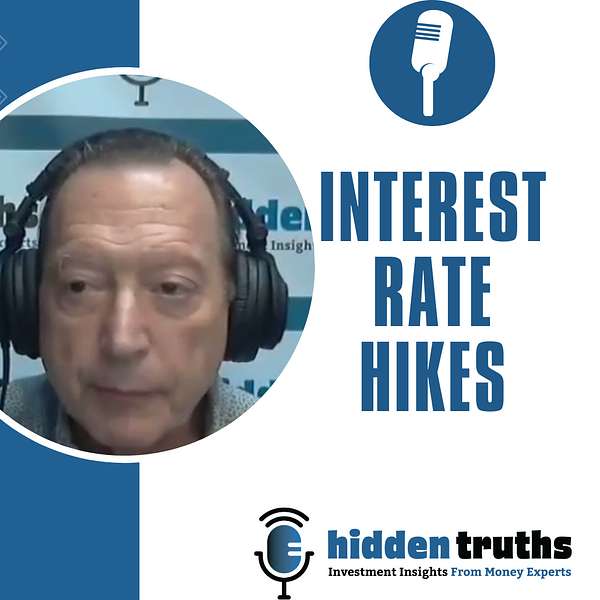
Hidden Truths
Hidden Truths
Fed Transparency = Market Volatility
The Fed did announce the expected 75 basis point (bps) rate hike at their September meeting, but what took markets by surprise was the implied 125 bps rate hikes the new dot-plot showed for year end. (explain what the dot-plot is) On the dot-plot chart, a 125 bps hike showed up in 2022 as the median of the rate estimates of the 13 FOMC members in the estimates from each of those FOMC members. Back in September the median dot peaked at 3.75% in 2023. The new dots now peak above 4.50% in 2023. It is also noteworthy that the dot-plot for 2024 has no consensus. The dots are spread out over nine different rates from the 13 FOMC members in a 2.6% to 4.6% range. A similar situation exists for 2025. This indicates no economic consensus among the FOMC members with those in the high range not seeing the current softening in inflation or the oncoming recession. This occurs despite the fact that their own GDP forecast was pared from +1.7% for 2022 to +0.2% and to +1.2% from +1.7% for 2023.
Listen to learn more